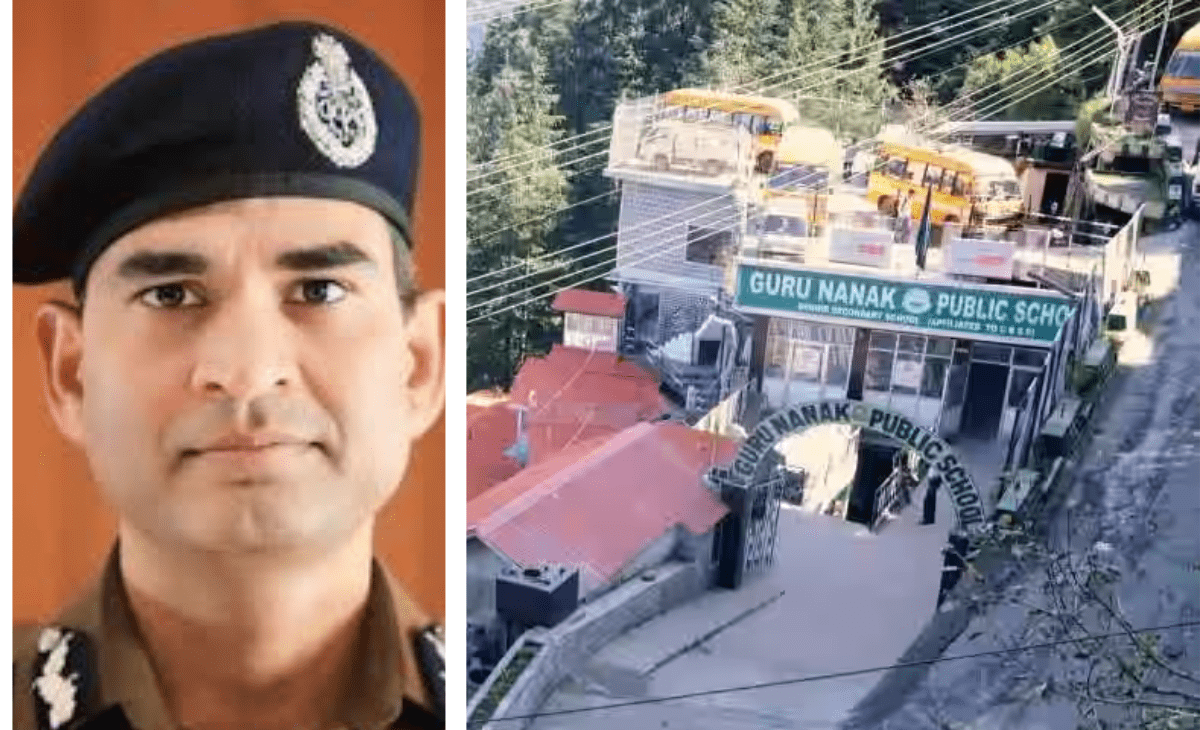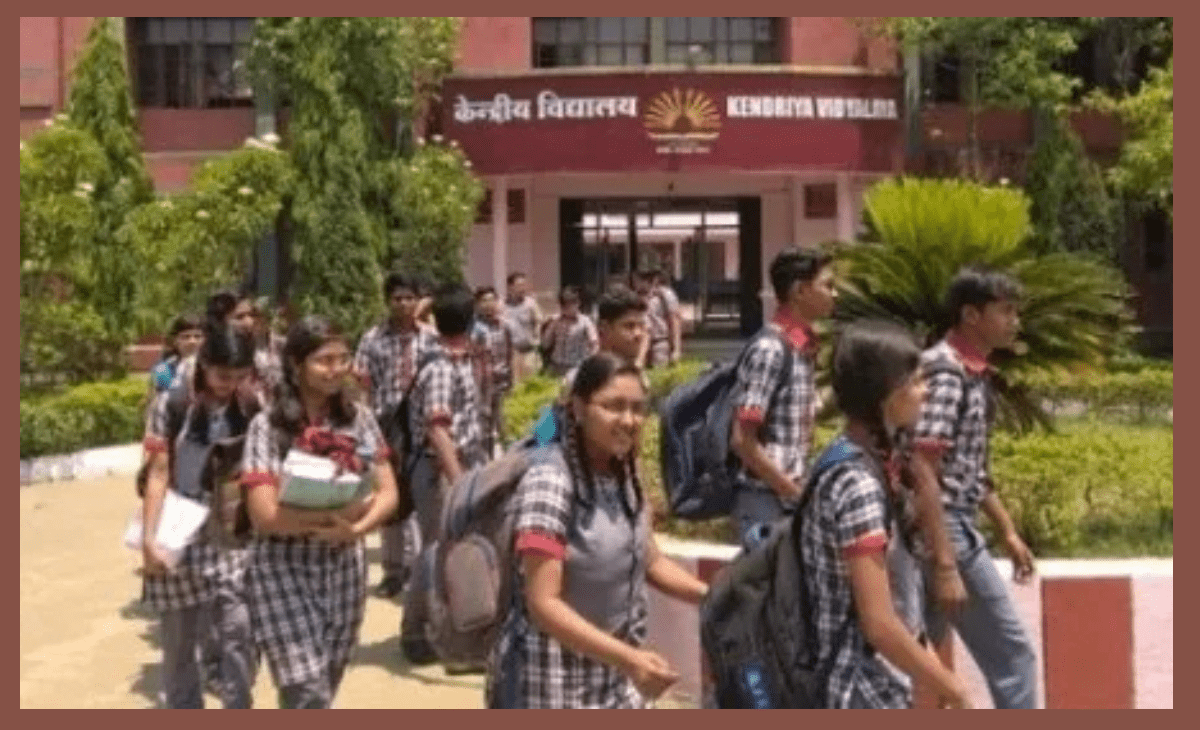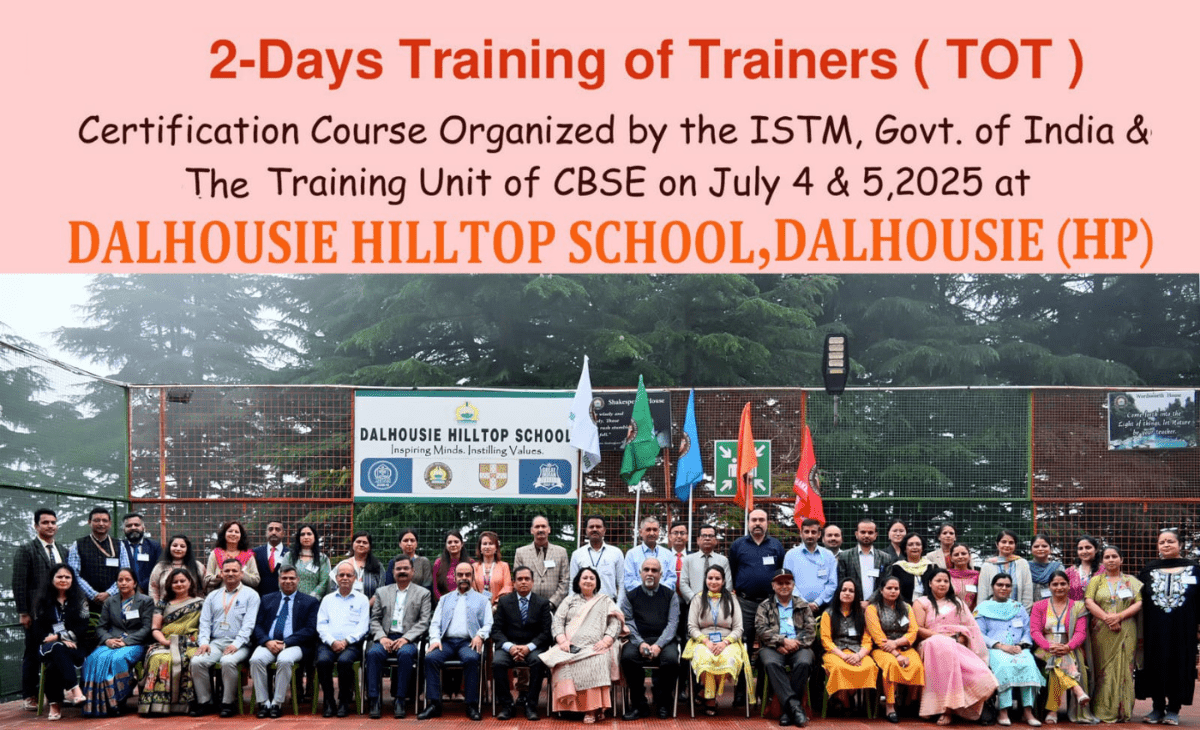Sunil Chadha
Shimla: The interviews for the prestigious State Teacher Awards have commenced, with 85 educators from across Himachal Pradesh set to appear before the selection panel over three days.
However, what has raised eyebrows is that Hamirpur district—often cited as a leader in education performance—has just one teacher shortlisted for the interview stage.
This development has triggered questions among education observers and stakeholders. If Hamirpur consistently ranks high in academic results and performance, why did only one teacher qualify for the final round?
Notably, Chief Minister Sukhvinder Singh Sukhu also hails from this district, which makes the matter even more significant in the public eye.
In comparison, districts like Kangra, Shimla, Mandi, Chamba, Solan, and Bilaspur have seen the inclusion of three or more teachers each in the interview process.
For Hamirpur, the selection list suggests a stark contrast: either the district committee recommended only one candidate deemed fit, or the evaluation standards applied at the state level did not favor more names from the district.
Educationists note that competition is generally considered healthy, as it raises the quality benchmark. The lack of multiple candidates from Hamirpur has therefore sparked reflection among the teaching community.
Were fewer teachers willing to apply, or did many applications not meet the selection criteria? These unanswered questions continue to generate debate.
On the other hand, government officials emphasize that the process is transparent and fair. By conducting state-level interviews, every shortlisted teacher has the right to present their case directly before the panel, ensuring merit-based recognition.
Yet, the development remains a talking point. While Hamirpur’s students and schools continue to maintain their record of excellence, the minimal representation of teachers in the award selection process has created a moment of introspection.
For many in the district’s education fraternity, it is an opportunity to examine where gaps may exist—whether in participation, preparation, or selection criteria—and how these can be addressed in future.
As the interviews proceed, the spotlight remains firmly on Hamirpur, a district celebrated for its educational achievements but now confronted with questions about recognition for its teachers.






